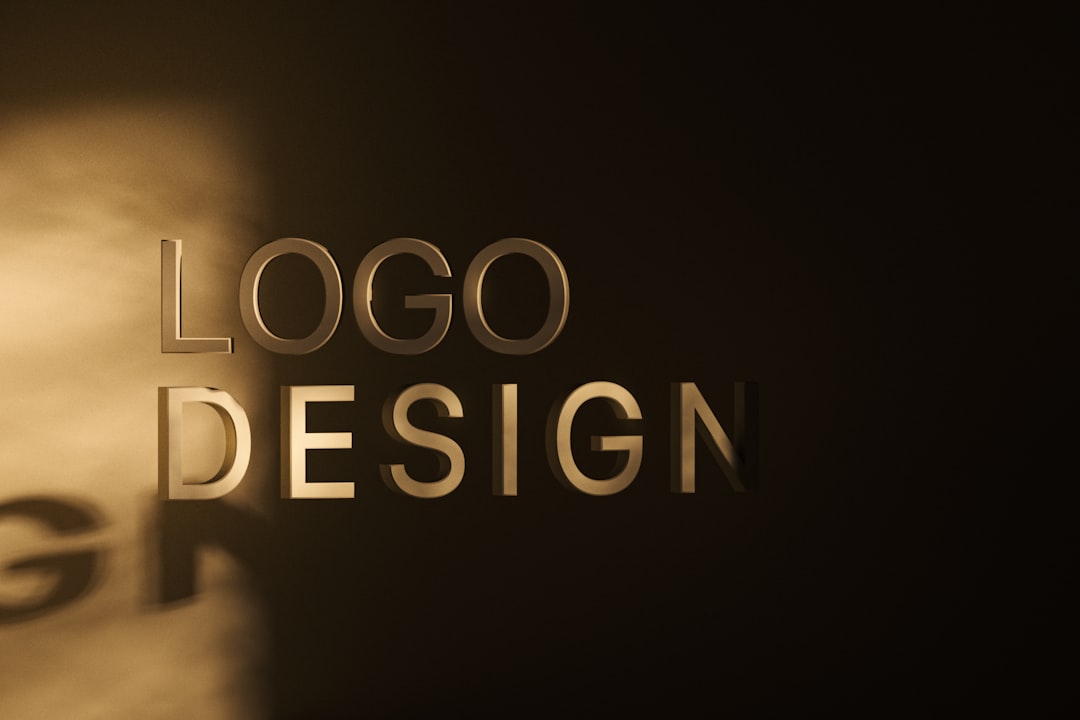Lettermark vs Logo: Pros, Cons, and Use Cases
4 min read
In the world of branding and visual identity, businesses often grapple with choosing the most effective form of representation. Among the many decisions to make, one particularly important consideration is whether to use a lettermark or a traditional logo. Each approach offers unique strengths, and the right choice can make a lasting impact on how a brand is perceived. Understanding the pros, cons, and use cases of each can mean the difference between a forgettable emblem and a widely recognized brand.
TLDR: Too Long, Didn’t Read
A lettermark uses typography—specifically initials or abbreviated letters—to create a sleek, minimalistic brand identity, often ideal for companies with long or complex names. A logo typically includes symbolic images, text, or a combination and offers more visual storytelling potential. Lettermarks excel in simplicity and professional image, while logos provide wider creative flexibility and emotional engagement. Choosing between the two depends heavily on your brand’s size, goals, and recognition level.
Understanding the Basics
What Is a Lettermark?
A lettermark is a typography-based logo design that focuses primarily on a company’s initials. This form of logo is typically bold, clean, and designed to reinforce brand recognition through simplicity.
Some iconic examples of lettermarks include:
- IBM – International Business Machines Corporation
- HBO – Home Box Office
- NASA – National Aeronautics and Space Administration
What Is a Logo?
A logo, in its broadest sense, is a visual symbol representing a brand. While logos can include text, they often incorporate images, icons, and symbolic elements to convey a broader brand message or emotion. Logos can be:
- Wordmarks – Fully spelled out brand names in distinct typography (e.g., Google)
- Combination Marks – Mixtures of symbols and text (e.g., Adidas)
- Emblems – Logos enclosed in shapes or badges (e.g., Harley-Davidson)
Pros and Cons of Lettermarks
Advantages of Lettermarks
- Simple and Clean Design: Easy to recognize and less cluttered, making it ideal for professional settings.
- Memorability: Especially useful for long or complex company names, helping users recall brand initials faster.
- Versatility: Their minimalist nature works well on merchandise, business cards, and digital platforms.
Disadvantages of Lettermarks
- Lack of Visual Meaning: Without additional branding, initials alone may carry no specific meaning or emotional value.
- Requires Brand Recognition: Effective mainly when people already know your full name or what the initials stand for.
- Limited Creativity: Fewer opportunities to express brand personality visually.

Pros and Cons of Logos
Advantages of Logos
- Strong Visual Identity: Can symbolize brand values through design elements and colors.
- Versatile Branding Communication: Works well across different cultures and languages by conveying meaning through imagery.
- Greater Creative Flexibility: Allows businesses to tell a story and connect emotionally with consumers.
Disadvantages of Logos
- Potential for Complexity: Can become visually cluttered, especially in small sizes or on mobile platforms.
- Harder to Replicate: Detailed logos may not scale well or print clearly on all media types.
- Less Instant Affectation for New Brands: Without a widely known brand, a highly symbolic logo might not be immediately understood.
Which One Should You Choose?
When to Use a Lettermark
Lettermarks are particularly effective in the following scenarios:
- Your Company Name Is Long: Abbreviating complex names makes them easier to remember and recognize.
- You Want a Clean, Professional Look: Especially important in industries like law, finance, or B2B services.
- Your Brand Is Already Known by Initials: This is common for organizations transitioning into more modern design standards.
When to Use a Logo
Logos, especially those incorporating icons or imagery, are better suited for:
- Creating a Distinct Visual Story: A strong logo can symbolize your values, mission, and market position at a glance.
- Differentiating Competitively: Unique visuals can help your brand stand out in a crowded marketplace.
- Emotional Engagement: Color, shape, and imagery can evoke powerful emotional responses from consumers.

Real-World Examples and Use Cases
Lettermark Success Stories
Companies like IBM, CNN, or GE have demonstrated the effectiveness of lettermarks due to their already high recognition levels. These businesses use initials not just as design tools but as shorthand representations of trust and legacy.
Logo Triumphs in Visual Communication
On the other hand, brands like Apple or Nike rely on strong visual symbolism. The iconic apple or swoosh transcends language and is instantly recognizable—making them some of the most powerful brand symbols in the world.
Design Considerations
Designing either a lettermark or a logo requires thoughtful execution. Here are some tips depending on your choice:
For Lettermarks:
- Choose a strong, legible font.
- Use clever kerning and spacing to ensure balance.
- Stick to a limited color palette to maintain simplicity.
For Logos:
- Ensure scalability in both small and large formats.
- Consider iconography that aligns with your brand story.
- Test for versatility across various digital and physical platforms.
Hybrid Solutions to Consider
Some brands successfully merge both concepts. A company might begin with a full logo and gradually transition to a lettermark over time once brand equity is established. This is common in tech companies and the fashion industry, where simplicity and modernism become essential as the brand matures.

Final Thoughts
Ultimately, whether you select a lettermark or a logo depends on your company’s name, size, industry, and branding goals. Neither is inherently better than the other. A well-executed lettermark can offer sophistication and clarity, while a thoughtfully designed logo can foster deeper visual and emotional engagement.
What matters most is aligning your visual identity with your organization’s mission and ensuring it connects with your target audience. In either case, investing time and expertise into your branding elements is essential to building a strong and consistent brand presence.



